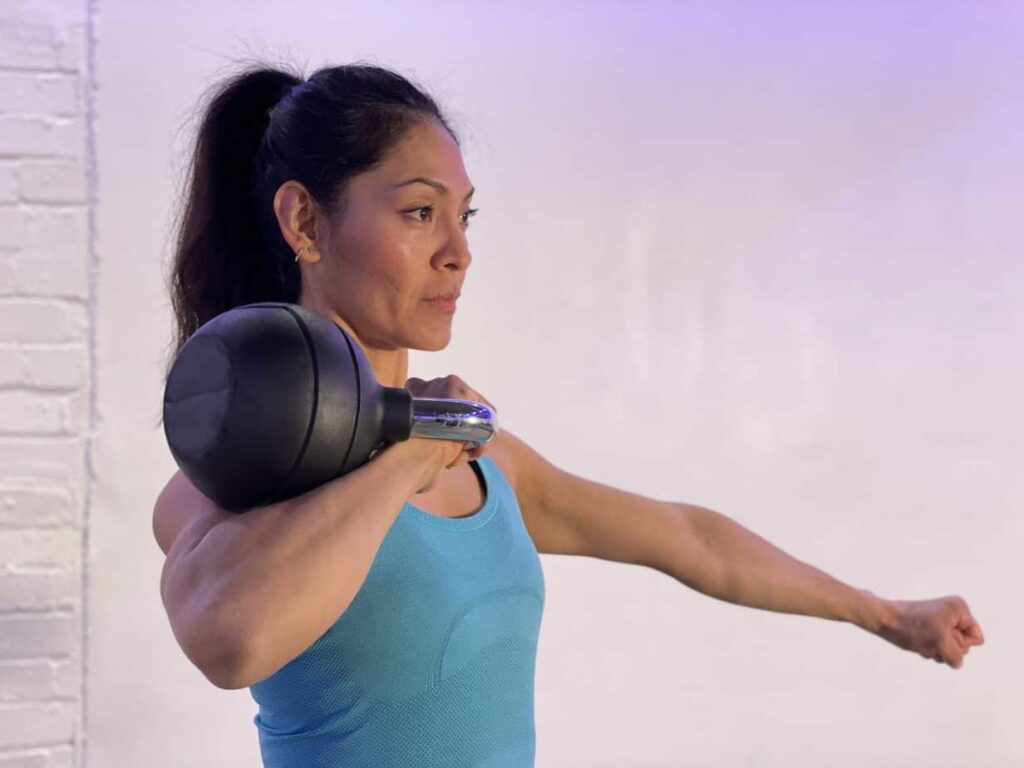To really understand the benefits of strength training, it’s useful to establish a clear definition of what it involves.
The lines have been blurred in recent years, through a combination of the rise in popularity of ‘Strength & Conditioning’ type classes for the general population & other forms of exercise claiming to be ‘strength based’ when in fact they are closer to ‘aerobic exercise’.
Here, we’ll look at the topic in some detail – written by a world-class personal training company that focuses on true strength and conditioning.
Why strength training is important
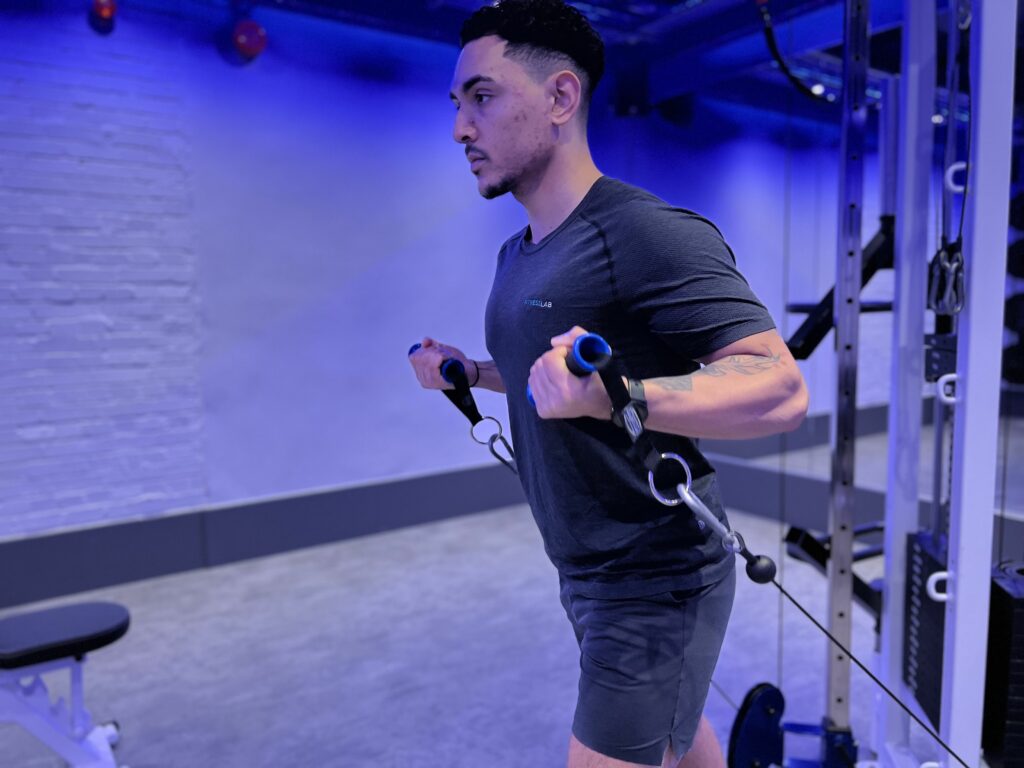
So what exactly is strength training and why is it important?
I like to summarise this as, ‘A form of training which an individual uses to improve the strength of their muscles & body, through progression of specific movement patterns’.
We can take this a step further and look at the different types of strength training. Some will focus specifically on muscle growth, and others focusing on pure strength increases and sporting performance.
The majority of clients in a personal training setting want to make improvements to their strength, muscularity and body composition. Luckily, picking up the weights and challenging yourself to lift heavier across the weeks is a fantastic way to tick all boxes.
What are some benefits of muscle strength?
The benefits of muscle strength are often reduced to simply ‘looking better’.
What most people don’t realise is that improving muscle strength has a well researched body of benefits which link to improved heart health, injury prevention, longevity and mental wellbeing.
Pretty good return on investment if you ask me!
So what exactly can the general population expect to get from 6 – 12 months of consistent strength training?
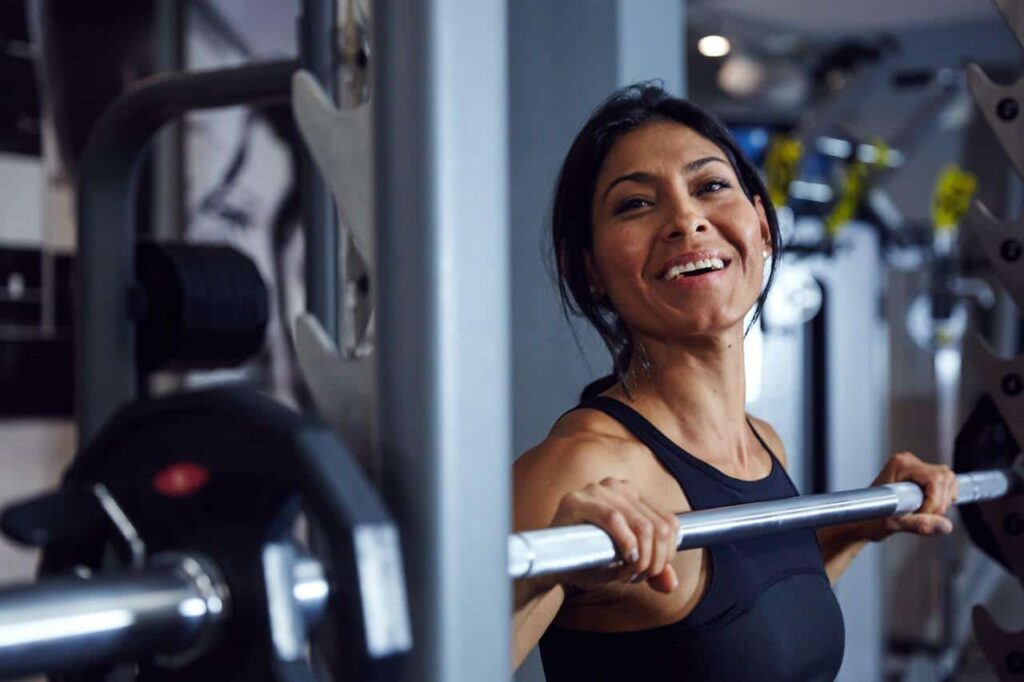
Strength (and conditioning) training was once exclusive to elite sport & top level athletes. The idea behind this was to condition them to be able to perform at an extremely high level and be robust and protected from injury.
If we take this concept, and apply it to a general population, it’s quite clear to see how strength training can have a huge impact on most people.
Rather than a sprinter taking a few seconds off their 100m PB, many people would benefit from being able to complete a 5km run pain free.
Or perhaps have the total body strength to perform a weekend hike across a pretty tough environment.
What might a typical strength training session look like?
So what exactly does strength training look like when you’re in the gym?
I mentioned earlier that lots of exercise classes claim to be ‘strength workouts’, there’s usually some easy signs to decide if this is actually the case.
True strength training focuses on movement patterns and their variations. This is usually based around the functional patterns; Squat, Hinge, Push, Pull & Carry.
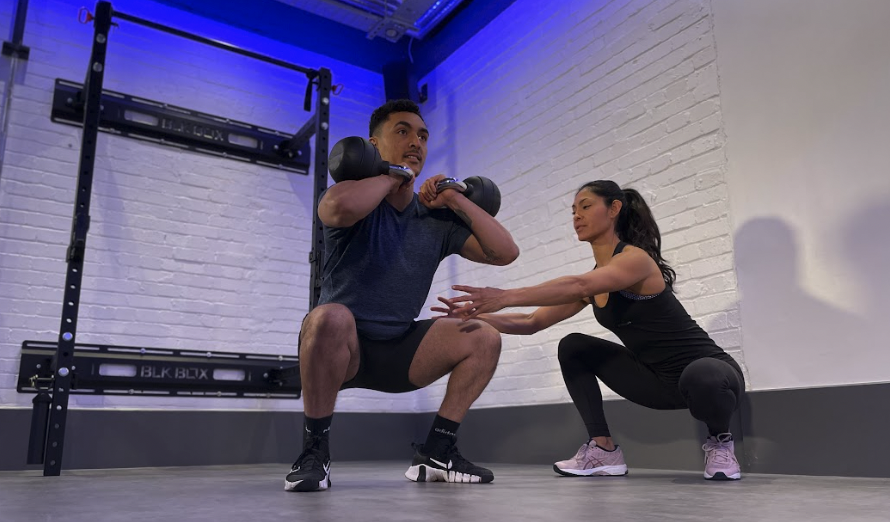
They don’t have to include weights, easier progressions can involve bodyweight movements while a trainee builds their experience and confidence.
The progression should be pretty clear to see, and this is where there is a big difference between real strength training and concepts which have borrowed some of the principles.
To build strength we need to ‘get stronger’, so there needs to be some clarity around what weekly improvements look like.
This could be more weight lifted, more repetitions completed, or improvements in movement efficiency,
This varies quite a lot to the type of exercise which is very random and changes on a weekly basis.
To most people’s disbelief, the bulk of a strength training session is relatively boring! It will likely include a selection of movements, variations can be used depending on trainees experience or fitness levels, which are meant to be performed with maximum control and sound technique.
There are many ways to ‘construct’ the session. We tend to begin with the most demanding exercise, often a lower body exercise and then work our way down to less taxing exercises.
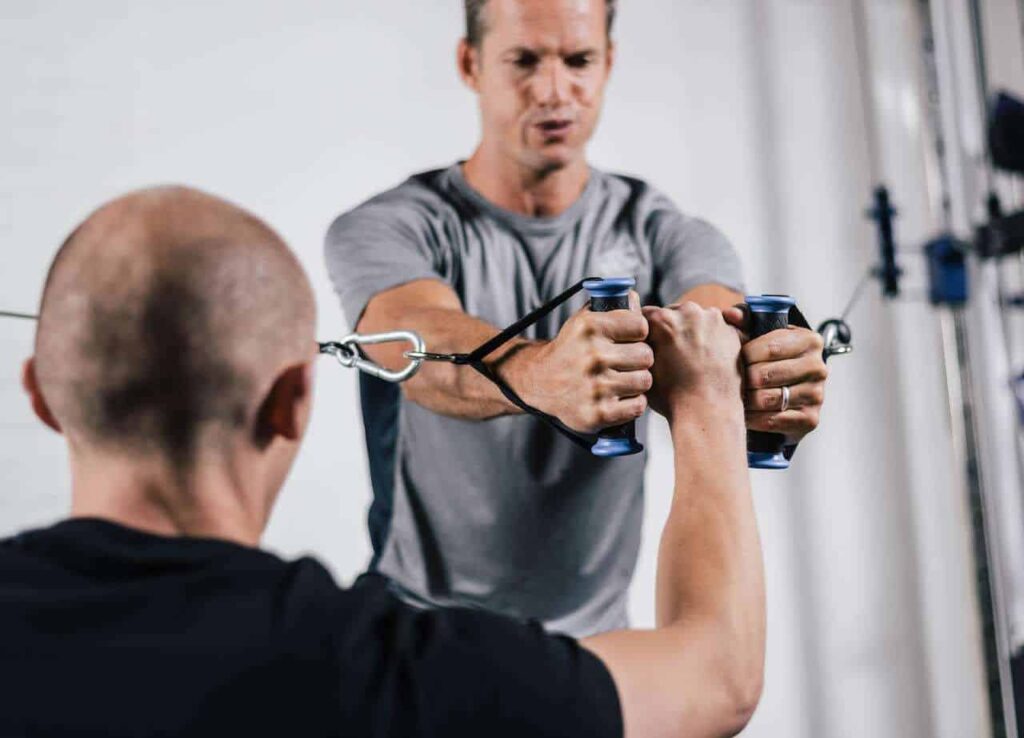
The specifics depend on a client’s goal, with priority being given to the movements/ muscle groups that they want to improve the most.
For somebody who is a recreational runner, they would benefit from building lower body strength and robustness. Focus would be put on the muscles around the hip, knee and ankle as they are directly involved in all aspects of running.
This would include bilateral (two legged) exercises, and unilateral (single leg/ limb) exercises. Running, although a very lower body dominant discipline, will also benefit from training the upper body and core.
Try running without moving any part of your upper body/ keeping your core muscles relaxed and you will see exactly how important the upper half of the body is for efficient running.
What are some benefits of strength training for women specifically?
Another topic of discussion which has picked up a lot of momentum in the past decade is ‘Women and strength training’
I won’t spend too much time proposing my argument as to why women should strength train, as it’s pretty clear to see that they benefit as much if not more than male counterparts from specific strength training.

I would go as far as saying that it should be the ‘main focus’ for the majority of female trainees, especially those who wish to make improvements to body composition, maintain muscle tissue as they get older and feel damn strong and empowered when they are training.
The days of endless cardio being the solution to the ‘toned look’ are well over, and we are seeing an increase in performance, both elite and recreational, from women who have picked up the weights and started getting extremely strong!
Other than managing some potential energy and recovery differences during different stages of the menstrual cycle, there is no reason for a female trainee to approach their strength training to a male trainee. Load and exercise selection is specific to an individual regardless of their gender, as well as progression. Following the principles of strength training will have enormous benefits to everybody!
If you’d like to hear more about the benefits of strength training, why not contact us!
